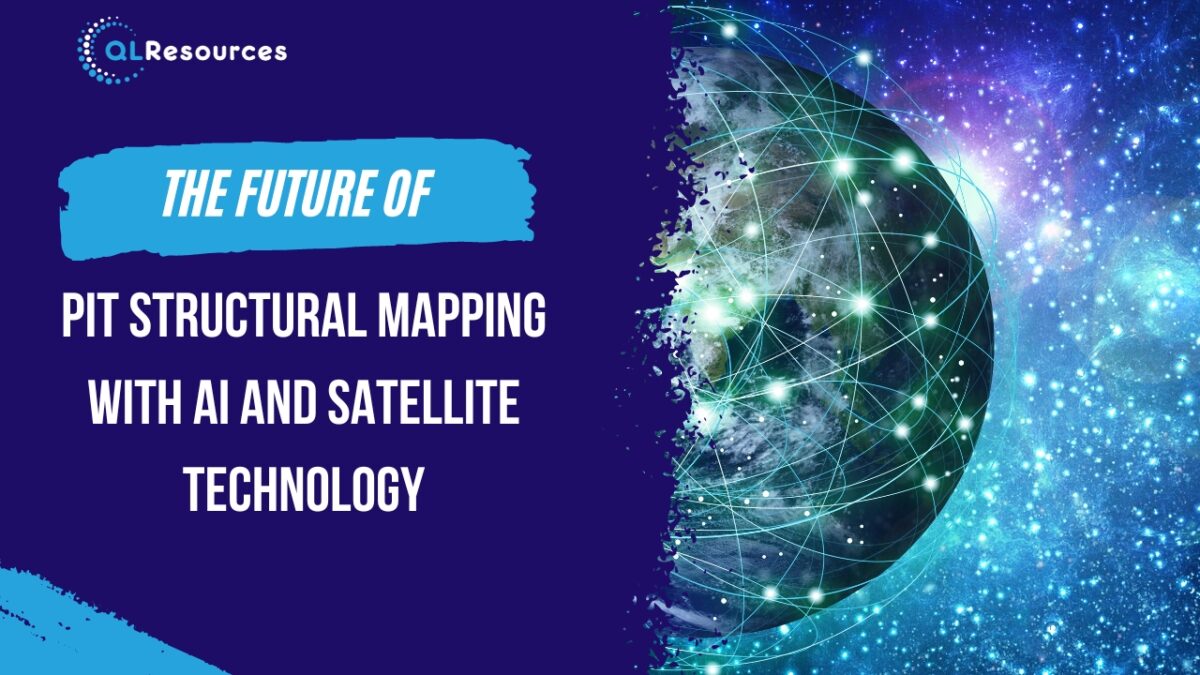Geological exploration plays a pivotal role in understanding the Earth’s composition and history. In mining and excavation activities, pit structural mapping is a crucial technique that goes beyond surface observations, providing valuable insights into the geological features and formations lying beneath. By employing advanced tools and methodologies, pit structural mapping unveils a hidden world of geological information that aids in resource extraction, risk assessment, and environmental management. In this article, we will delve into the significance of pit structural mapping and how it unveils essential geological insights below the surface.
Mapping Geological Structures:
Pit structural mapping involves the detailed documentation and analysis of geological structures within an excavation site. These structures include faults, folds, fractures, bedding planes, and mineral veins. By accurately mapping these features, geologists gain a comprehensive understanding of the subsurface geology, enabling them to identify potential zones of interest for resource extraction.
Resource Assessment and Extraction:
Pit structural mapping contributes to the assessment of mineral deposits and resources. The precise mapping of mineral veins, for instance, aids in determining the distribution, orientation, and continuity of valuable minerals. This information guides mining operations, optimising extraction processes and minimising waste.
Geological Evolution:
Geological structures are a testament to the Earth’s history and the forces that have shaped it over millions of years. Through pit structural mapping, geologists can reconstruct the geological evolution of an area. This insight into the Earth’s history helps scientists unravel past tectonic activities, sedimentation patterns, and environmental changes.
Risk Mitigation:
Accurate mapping of geological structures enhances risk assessment and safety in mining operations. Identifying fault lines and fractures is crucial to avoiding unstable areas that could lead to accidents or equipment damage. This information allows for proper planning and ensures the well-being of workers and equipment.
Environmental Management:
Pit structural mapping aids in responsible environmental management. By understanding the geological characteristics of an area, mining companies can implement effective measures to minimise the impact of extraction activities. This includes proper waste disposal, reclamation, and preservation of sensitive geological features.
Hydrogeological Insights:
Geological structures also impact the movement and storage of water beneath the surface. Pit structural mapping provides insights into hydrogeological conditions, which are vital for managing water resources, preventing flooding, and controlling groundwater contamination.
Engineering and Infrastructure Planning:
Beyond mining, pit structural mapping is essential for engineering and construction projects. It helps engineers anticipate potential challenges related to ground stability, foundation design, and excavation in areas with complex geological structures.
Conclusion:
Pit structural mapping is an indispensable technique that unlocks a wealth of geological insights lying beneath the Earth’s surface. It guides mining operations, aids in resource assessment, and contributes to risk assessment, environmental management, and engineering projects. By utilising advanced tools like geological mapping software and satellite imagery, geologists can paint a comprehensive picture of the subsurface, unraveling the geological story of an area. The knowledge gained from pit structural mapping not only benefits the mining industry but also contributes to our understanding of the Earth’s past and its ongoing geological processes. As technology continues to advance, pit structural mapping will remain a cornerstone of geological exploration and resource management.
Join our community and never miss an update! Subscribe to our newsletter and blog to stay up-to-date on the latest trends, tips, and insights in your area of interest. Don’t miss out on exclusive content and promotions. Sign up now and be a part of our growing community!

